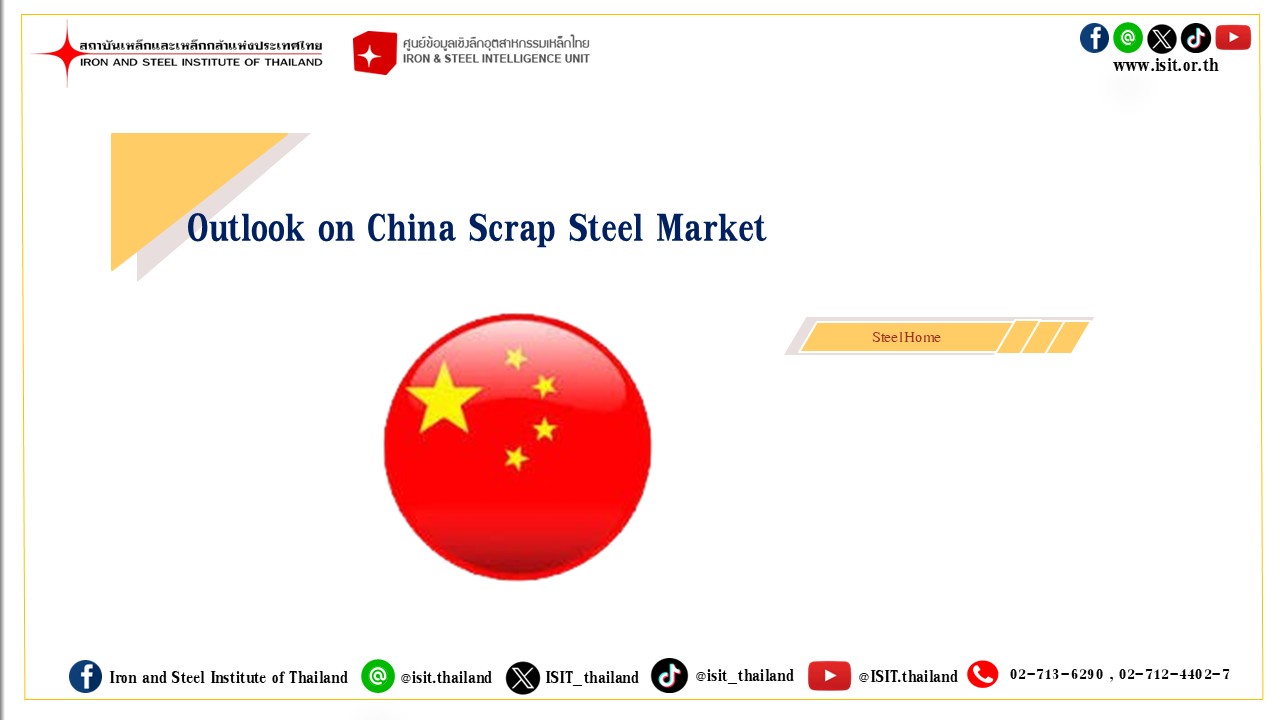
Supply : As the weather turns colder, compounded by rain and snow affecting recycling, processing, and transportation links, upstream scrap output shows seasonal reduction. Social inventories continue to operate at low levels, and traders mostly hold a惜售 (cherish-selling/reluctance to sell) mentality due to tight resources; steel mill arrivals are expected to decline slightly month-on-month.
Demand : Long-process steel mills, affected by narrowly declining profit levels, have low enthusiasm for using scrap. Although there is support from winter storage expectations, the demand for finished products shows no significant improvement, making it difficult to change the weak demand pattern in the short term.
Inventory: As some steel enterprises begin winter storage preparations, inventories show a slight replenishment trend. However, constrained by weak end-user demand and the risk of finished product price adjustments, steel mills are cautious in replenishing inventory, mostly purchasing as needed, resulting in limited inventory increase.
Import Volume of Scrap Steel : Current import scrap prices remain high, making import conditions unfavorable. The overall scrap import volume is expected to remain low.
Price Forecasting : Currently, steel enterprise profits are unlikely to improve significantly, limiting the upward momentum for scrap. From the perspective of scrap supply and demand, demand remains weak in November as the weather cools. Market performance may vary across different regions, and attention should be paid to China-US economic and trade relations. The SteelHome Heavy Scrap Price Index is expected to see its center of gravity move down slightly, with the mainstream fluctuation range between 2400-2450 yuan/ton (tax included).